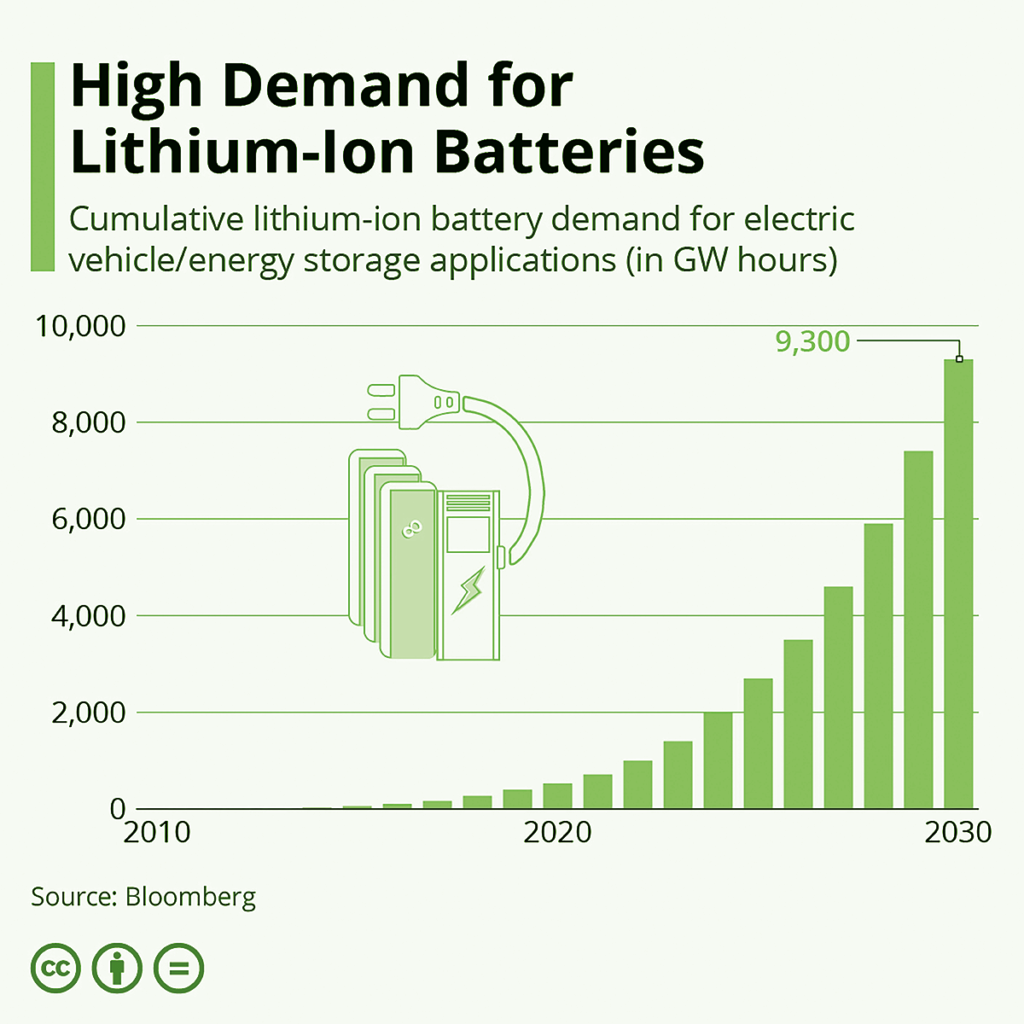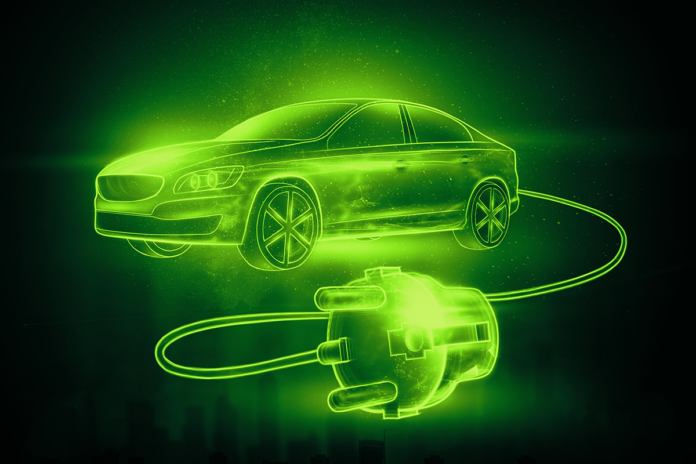The discovery of lithium deposits in J&K is poised to be a game changer for India
Although its presence has been well-known for more than two centuries, the importance of this “white gold” has only truly emerged in the last few decades. Think of a modern invention, and chances are that Lithium is the key metal lying at the heart of it. From the batteries that power your smartphones and electric vehicles, to the solar panels powering humankind, heat resistant glass and ceramics and so much more, it is one of the primary ingredients in the human growth story, and a key driver of the transition away from fossil fuels towards cleaner, zero emission vehicles and the race to net zero.

Since first appearing commercially in the 90s, it is now the de-facto choice to power humanity. Subsequently, the demand for Lithium-Ion batteries to power electric vehicles and energy storage has seen exponential growth, increasing from just 0.5 gigawatt-hours in 2010 to around 526 gigawatt hours a decade later. Demand is projected to increase 17-fold by 2030, bringing the cost of battery storage down, according to Bloomberg.
Little wonder then that lithium is all the rage in the news then, and worth its proverbial weight in gold.
Lithium: the new “White Gold”
As per NITI Aayog, India’s battery storage market is expected to reach more than 1000 GWh by 2030, translating into a cumulative market size of ₹25,000 crore. So when the Geological Survey of India (GSI) discovered 5.9 tonnes of lithium deposits in the G3 category in the Salal-Haimana area of the Reasi District of Jammu and Kashmir, it created a buzz as it was the second discovery of lithium deposits in the country, after 1,600 tonnes of lithium reserves were found in Karnataka’s Mandya district, but it is perhaps the most significant.

This was understandable, because it is viewed as the kind of seismic shift for an industry and economy habituated to importing lithium, to the tune of INR 14,000 crore in 2022. It could perhaps be a catalyst, just as the discovery of oil in the gulf countries, given understandably high demand for the precious metal as the transition to an electric future takes shape. But pragmatism is still advisable, as converting this massive reserve into a commercially viable resource to meet domestic and global demand will take a significant effort.
This discovery, classed in the G3 category, will require more research and studies in order to be classified as G1 or G2 category of mineable reserves. There is thus some time before experts determine how much tonnage is available, what quality is it, and how much can be extracted. Expect a time frame of at least another 5 to 7 years to use any mineable lithium deposits commercially.
What this means for India
Experts, such as those at McKinsey, expects lithium-ion battery demand to soar by 33% by 2030, with energy-storage systems, e-bikes, electrification of tools, and other battery-intensive applications possibly accounting for 4,000 to 4,500 gigawatt-hours of Li-ion demand.

This paints the discovery as an extremely significant one, as it instantly catapults India to sixth place in the list of countries with the highest lithium reserves. This could potentially fuel India’s atmanirbhar ambitions when it comes to building battery technology, and make India a production hub set to cater to the global demand for batteries, as it could lead to a potential 15%-25% reduction in battery prices, which comprises around 50% of an EVs cost.
If early reports are to be believed, these lithium reserves are of high quality, with a grade of 500 parts per million (ppm) as against the normal grade of 220 ppm. If true, this would see India’s Lithium stockpile surge past that of China, but Indian authorities need to ensure the economic environment is amenable to make sure the conditions are right for long-term investment into creating a lithium processing plant, else this reserve’s potential will remain dormant. Bolivia is a cautionary tale. The Latin American nation boasts the world’s largest lithium reserves, discovered nearly three decades ago. But technical and infrastructural challenges have hamstrung Lithium extraction and production efforts. India must make sure not to get stuck in the same quagmire.
The road ahead seems promising, even if the G1 and G2 studies for these reserves are pending completion. But it seems India’s clean, green energy machine has just got a major shot in the arm.


